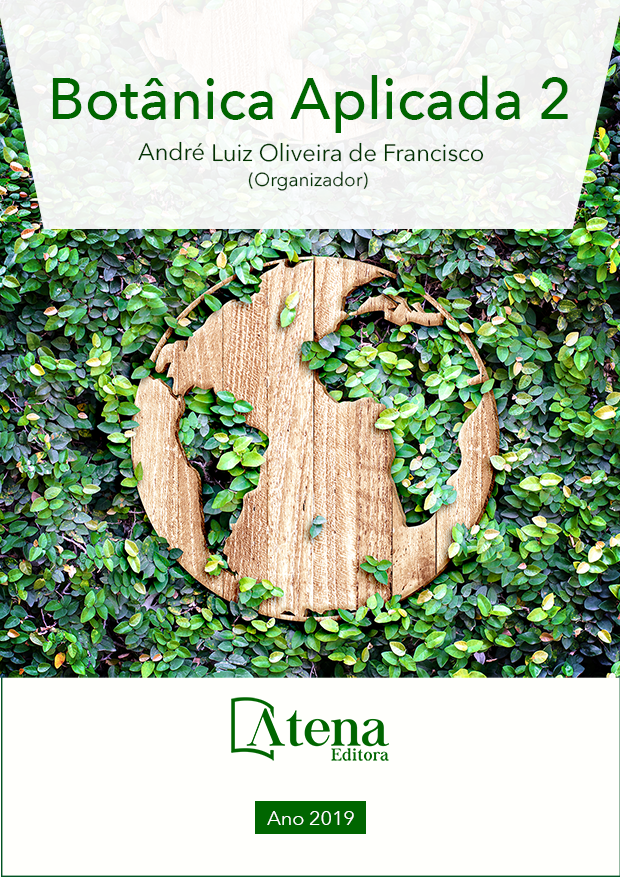
DIVERSIDADE DE BRIÓFITAS DA CACHOEIRA DO BOTA-FORA, PIRIPIRI, PIAUÍ, BRASIL
Atualmente, a flora de briófitas do
estado do Piauí está representada por cerca de
49 espécies. O objetivo do trabalho foi realizar
um inventário florístico das espécies de briófitas
(musgos e hepáticas) da Cachoeira do Bota-
Fora, localizada no município de Piripiri, Piauí. As
amostras foram coletadas no período de outubro
de 2017 a fevereiro de 2018. Foram identificadas
32 espécies, das quais, 21 são novos registros
para o estado do Piauí e 14 ainda não haviam
ocorrido no domínio fitogeográfico Caatinga. As
famílias com maior representatividade foram:
Lejeuneaceae (7 spp.) pertencente à divisão
Marchantiophyta e Fissidentaceae (6 spp.)
pertencente à Bryophyta. Pode-se concluir com
esse estudo, que o estado do Piauí apresenta
uma grande riqueza briofítica ainda por ser
descoberta. Desta forma, é necessário que haja
mais estudos brioflorísticos, a fim de contribuir
para a valorização e preservação deste grupo
de plantas.
DIVERSIDADE DE BRIÓFITAS DA CACHOEIRA DO BOTA-FORA, PIRIPIRI, PIAUÍ, BRASIL
-
Palavras-chave: Bryophyta, Marchantiophyta, Florística, Caatinga.
-
Keywords: Bryophyta, Marchantiophyta, Floristic, Caatinga.
-
Abstract:
Currently, the bryophyte flora of the
state of Piauí is represented by about 49 species.
The aim of this paper was to carry out a floristic
survey of the bryophyte (moss and hepatic)
species of the Bota-Fora Waterfall, located in
the municipality of Piripiri, Piauí. The samples
were collected from October 2017 to February
2018. We idetified 32 species, of which 21 were
new records for the state of Piauí and 14 had not
yet occurred in the Caatinga phytogeographic
domain. The most representative families were:
Lejeuneaceae (7 spp.), belonging to the division
Marchantiophyta and Fissidentaceae (6 spp.),
belonging to Bryophyta. We can be concluded
from this study that the state of Piauí has a
great bryophytic richness yet to be discovered.
Therefore, it is necessary that there be more
bryofloristic studies, in order to contribute to the
valorization and preservation of this group of
plants.
-
Número de páginas: 15
- Maria Elizabeth Barbosa de Sousa


